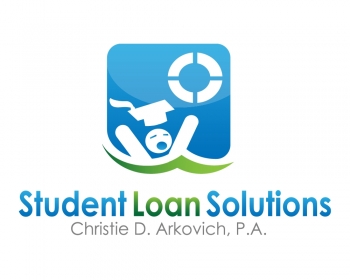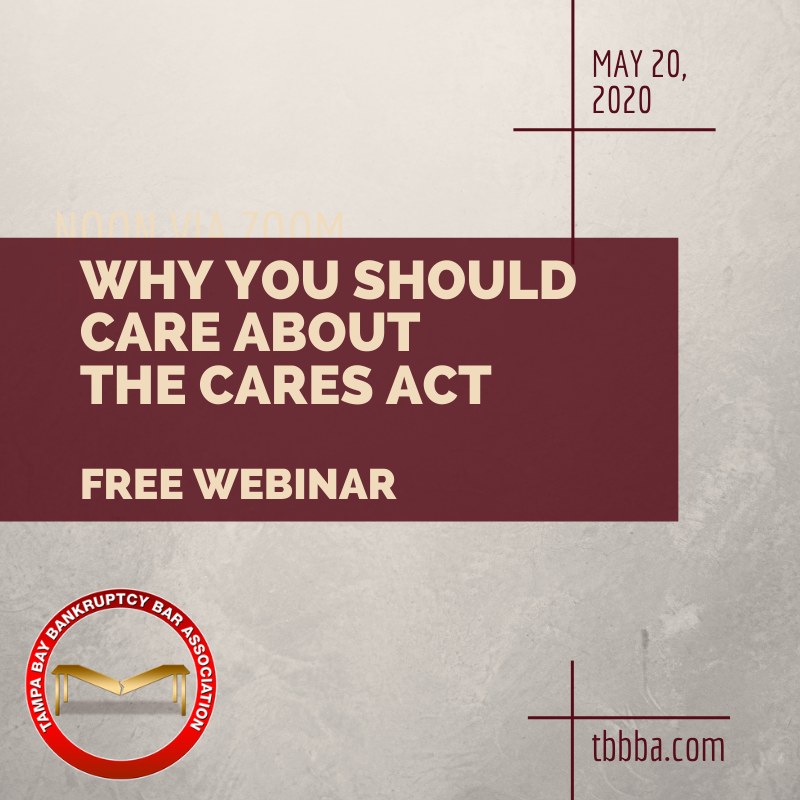We’ve been advocating for the Public Service Loan Forgiveness (“PSLF”) to be fixed for a few years now. Our class action lawsuit against Navient went nowhere, but the one against Great Lakes has been commended for a ruling last month by the 11th Circuit to help hold federal student loan servicers accountable when they talk to their borrowers: like how their loans would be impacted by various programs for instance. Something you’d expect a servicer to get right. So when a servicer tells someone that their payments count toward PSLF, you can rely on that.
It’s now possible that Congress may work to fix the very serious problem where not all federal loans are treated the same. Fixing this via legislation will impact a whole lot more borrowers than individual or even class action lawsuits.
Enter the proposed HEROES Act which would address problems with the Public Service Loan Forgiveness (PSLF) program, which allows qualifying public servants to get their federal student loans forgiven after 10 years of repayment. Currently, only Direct federal student loans are eligible for forgiveness under the PSLF program. Borrowers who have commercially-held FFEL-program federal student loans and Perkins loans do not qualify unless they consolidate those loans via the federal Direct consolidation program. By consolidating, however, they would erase any progress towards the 10 year repayment period and would effectively be starting over. The HEROES Act would allow payments made prior to consolidation to count towards PSLF.
 Reboot Your Life: Tampa Student Loan and Bankruptcy Attorney Blog
Reboot Your Life: Tampa Student Loan and Bankruptcy Attorney Blog






